The continuous showering of meteors is a celestial event that has always captured our imagination whenever we see them streaking across the night sky providing a fascinating glimpse into the materials that our solar system is made up off. Meteors are often called ‘shooting stars’ though they are not stars at all.
What are meteors?
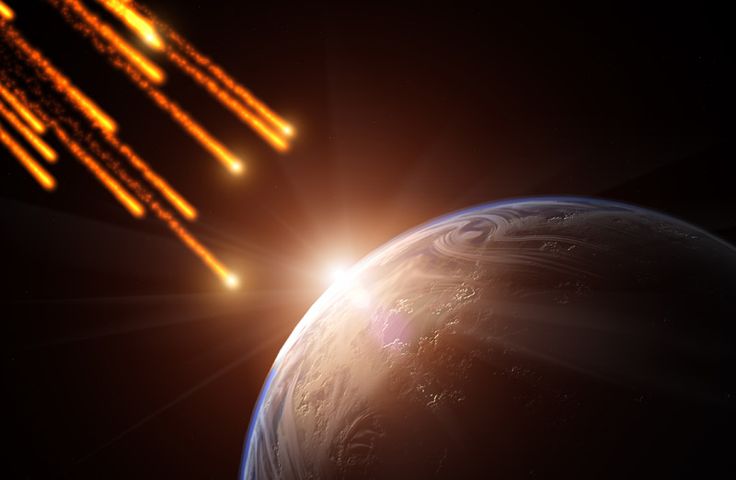
The small particles from space, (often referred to as “meteoroids,”) enter Earth’s atmosphere at high speed, appears as streaks of light in the sky.
In size these particles can be as small as a grain of sand or as large as a rock. On hitting the Earth’s atmosphere, they encounter friction, which causes them to heat up and burn brightly. This process creates the bright trail of light that we see and call a “meteor.”
Why it is called a meteor shower?
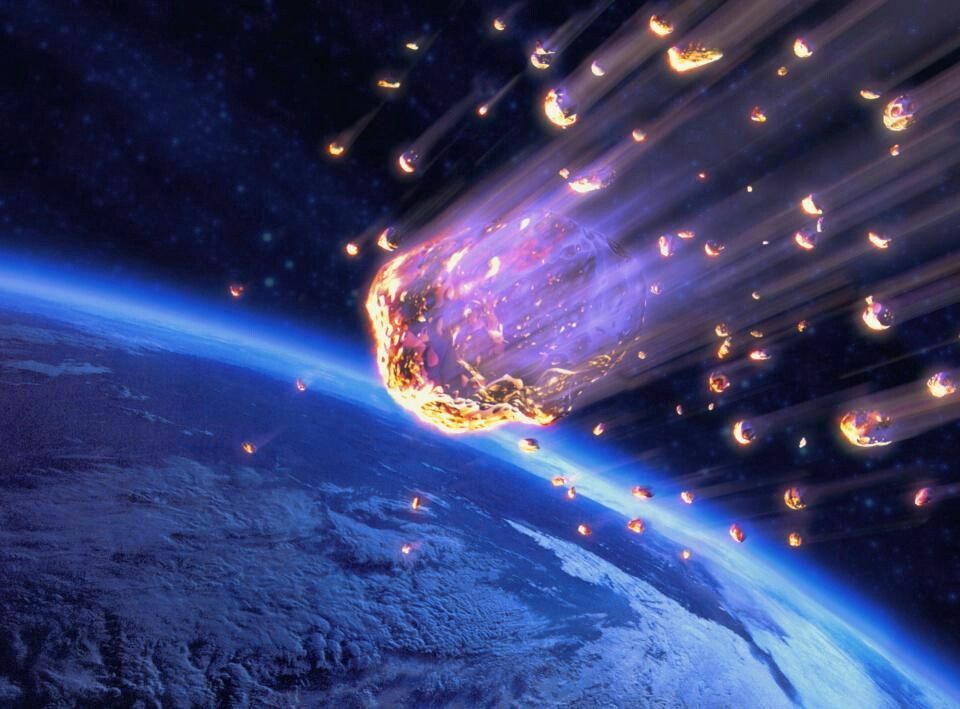
Multiple meteors radiating from one point in the sky over a short period is called a meteor shower. The term “shower” is used because, during these events, the meteors appear to fall like raindrops from the sky, often in quick succession, often dozens or even hundreds per hour at the peak of the event.
These are also some random meteors that can appear at any time and are not associated with any particular meteor shower they are referred to Sporadic Meteors.
The difference between a Meteoroid, Meteor and Meteorite.
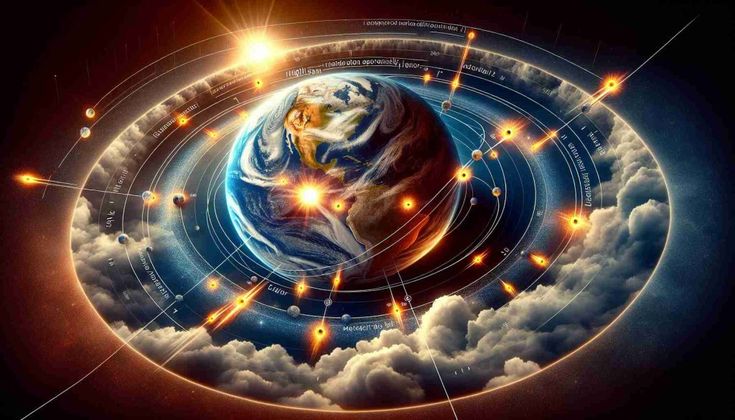
Meteoroid: The term for the small particle in space before it enters Earth’s atmosphere.
Meteor: The streak of light produced when a meteoroid burns up upon entering Earth’s atmosphere.
Meteorite: If a meteoroid survives its journey through the atmosphere and lands on Earth, the remaining fragment is called a meteorite.
Why do meteors have different colors?
The color of a meteor depends on its composition. For example, copper can produce a green or blue hue, sodium a yellow color and iron a yellowish-white,
What are the ranges of Speed of meteors?
Meteors typically enter Earth’s atmosphere at speeds between 25,000 to 160,000 miles per hour (40,000 to 260,000 kilometers per hour).
What is the Frequency and Size of meteors have?
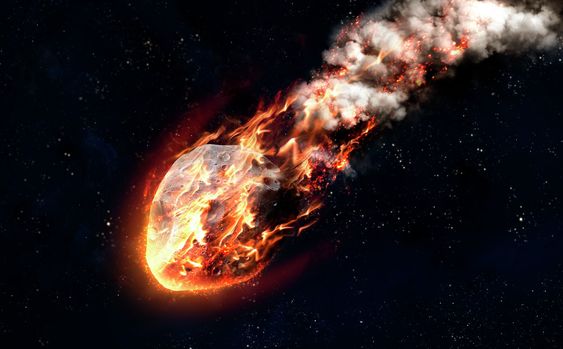
Earth is hit by millions of meteoroids each day, but most are too small to be noticed and burn up high in the atmosphere the visible ones are very small, often no larger than a pebble.
How meteor showers are named?
During a meteor shower, the meteors seem to originate from a specific point in the sky known as the “radiant.” It is usually in a specific constellation, and the shower is named after that constellation (e.g., the Geminids appear to radiate from the constellation Gemini).
When one can see a meteor shower?
Meteor showers are periodic which means they happen at specific times each year when Earth’s orbit intersects with the debris stream left by a comet or asteroid. The predictable and repeated nature of these events also contributes to the “shower” concept, as it is something that can be expected and observed regularly.
Schedule for Meteor Shower 2024-25:
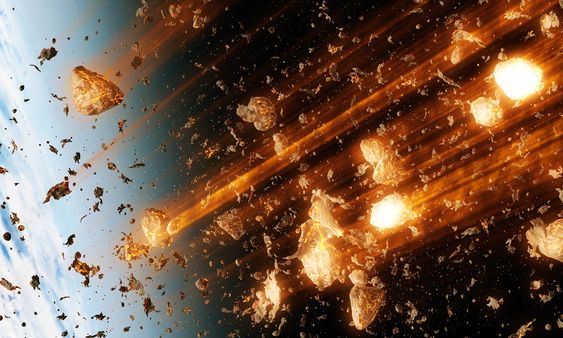
This schedule applies generally across the globe, but visibility may vary depending on your location. In a year there are nine meteor showers to watch. Let’s explore:
Perseids
Peak Date: Night of August 12-13, 2024
Meteor Rate: Up to 60-100 meteors per hour
Radiant Point: Constellation Perseus
Best Viewing: Northern Hemisphere
Moon Phase: New Moon (excellent conditions)
Orionids
Peak Date: Night of October 21-22, 2024
Meteor Rate: Up to 20 meteors per hour
Radiant Point: Constellation Orion
Best Viewing: Both Hemispheres
Moon Phase: Waxing Gibbous (moderate interference)
Leonids
Peak Date: Night of November 17-18, 2024
Meteor Rate: Up to 15 meteors per hour
Radiant Point: Constellation Leo
Best Viewing: Both Hemispheres
Moon Phase: Waxing Crescent (minimal interference)
Geminids
Peak Date: Night of December 13-14, 2024
Meteor Rate: Up to 120 meteors per hour
Radiant Point: Constellation Gemini
Best Viewing: Both Hemispheres
Moon Phase: New Moon (excellent conditions)
Ursids
Peak Date: Night of December 22-23, 2024
Meteor Rate: Up to 10 meteors per hour
Radiant Point: Constellation Ursa Minor
Best Viewing: Northern Hemisphere
Moon Phase: First Quarter (minimal interference)
Quadrantids
Peak Date: Night of January 3-4, 2025
Meteor Rate: Up to 40 meteors per hour
Radiant Point: Constellation Bootes (near the Big Dipper)
Best Viewing: Northern Hemisphere
Moon Phase: Waxing Gibbous (moderate interference)
Lyrids
Peak Date: Night of April 21-22, 2025
Meteor Rate: Up to 20 meteors per hour
Radiant Point: Constellation Lyra
Best Viewing: Both Hemispheres
Moon Phase: Waxing Gibbous (moderate interference)
Eta Aquarids
Peak Date: Night of May 5-6, 2025
Meteor Rate: Up to 30 meteors per hour
Radiant Point: Constellation Aquarius
Best Viewing: Southern Hemisphere (but visible in the Northern Hemisphere)
Moon Phase: Waning Gibbous (moderate interference)
Delta Aquarids
Peak Date: Night of July 28-29, 2025
Meteor Rate: Up to 20 meteors per hour
Radiant Point: Constellation Aquarius
Best Viewing: Southern Hemisphere (but visible in the Northern Hemisphere)
Moon Phase: First Quarter (minimal interference)
Perseids
Peak Date: Night of August 12-13, 2025
Meteor Rate: Up to 60-100 meteors per hour
Radiant Point: Constellation Perseus
Best Viewing: Northern Hemisphere
Moon Phase: Waning Crescent (excellent conditions)
Orionids
Peak Date: Night of October 21-22, 2025
Meteor Rate: Up to 20 meteors per hour
Radiant Point: Constellation Orion
Best Viewing: Both Hemispheres
Moon Phase: Waning Gibbous (moderate interference)
Leonids
Peak Date: Night of November 17-18, 2025
Meteor Rate: Up to 15 meteors per hour
Radiant Point: Constellation Leo
Best Viewing: Both Hemispheres
Moon Phase: New Moon (excellent conditions)
Geminids
Peak Date: Night of December 13-14, 2025
Meteor Rate: Up to 120 meteors per hour
Radiant Point: Constellation Gemini
Best Viewing: Both Hemispheres
Moon Phase: Full Moon (moderate interference)
Tips for Viewing Meteor Showers:
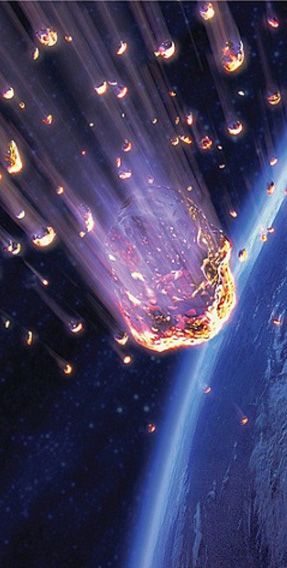
Check Local Conditions: Make sure the sky is clear and free of cloud cover. Weather and light pollution can impact visibility.
Timing: The best time to observe most meteor showers is after midnight when the sky is darkest and the radiant point is highest.
Location: Try to find a dark area away from city lights, with a clear and open view of the sky.
These meteor showers can provide spectacular views if you’re in the right place at the right time!
Images Source: Pinterest.com


1 thought on “Meteor Shower: Nature’s own Fireworks”